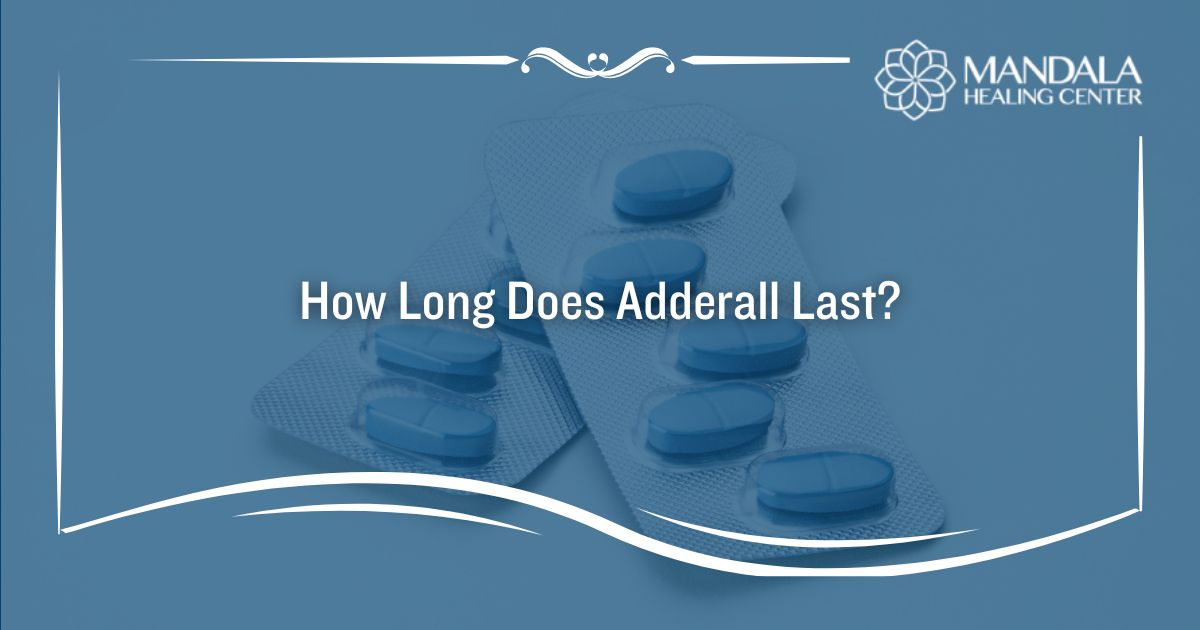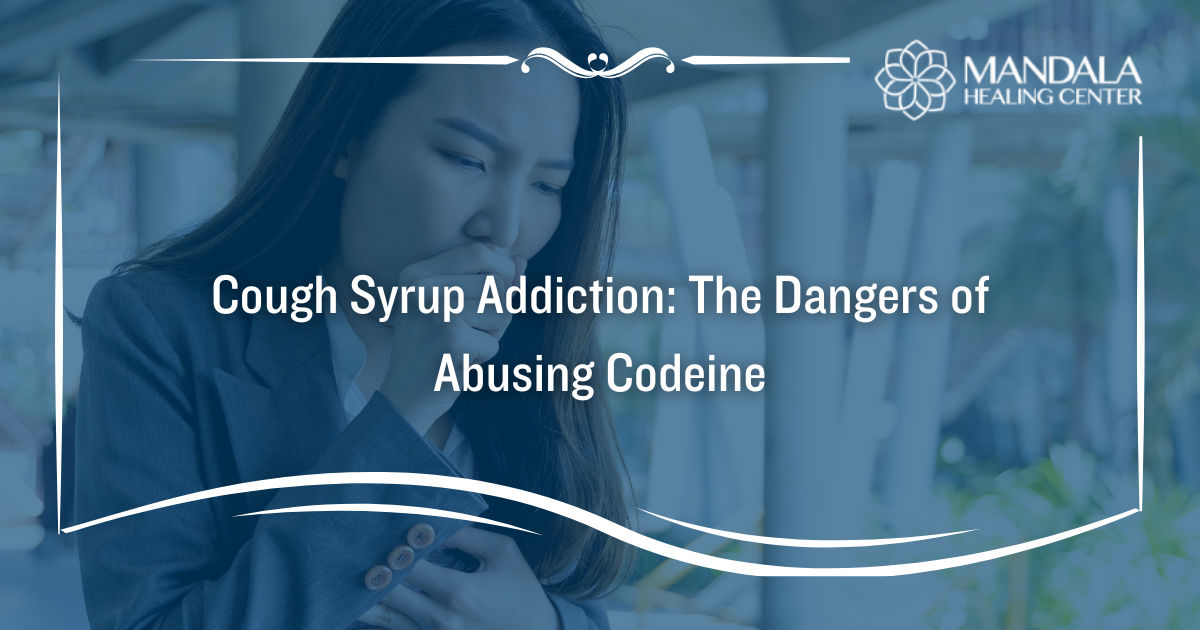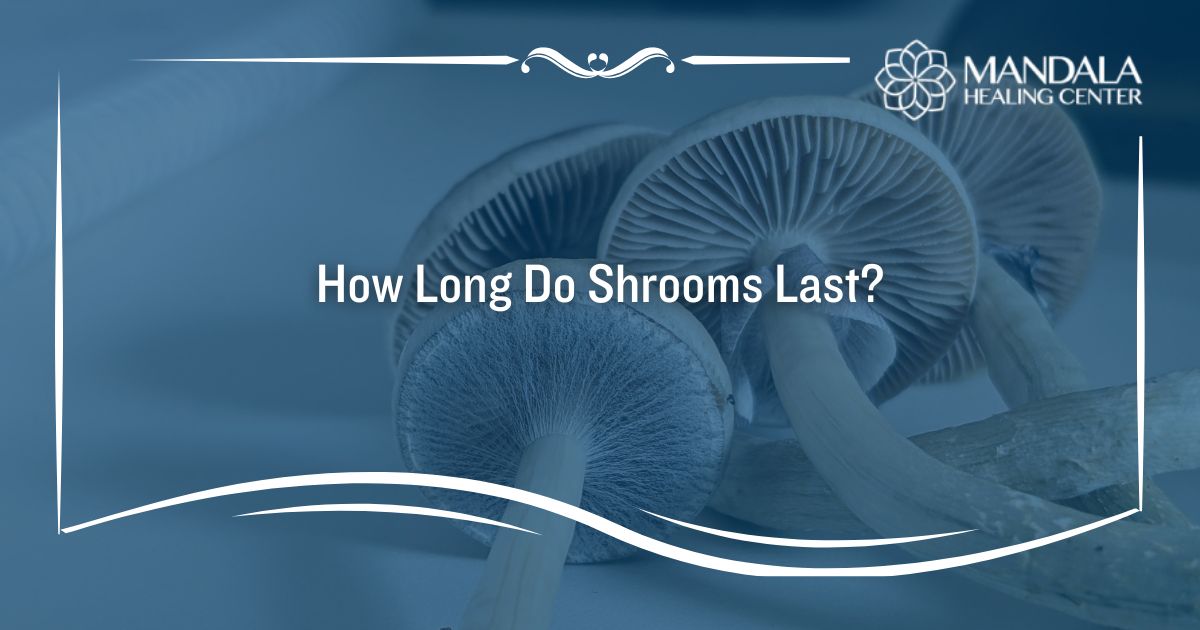Many people believe that getting high from household chemicals isn’t harmful because these products are intended for household use. However, many chemicals used in everyday life can be dangerous when misused or abused.
Inhalants are a group of aerosolized or vapor-emitting substances that people inhale for their mind-altering effects. Solvents, nitrates, gasses, aerosol sprays, and other chemical substances found in the home and workplace can cause serious mental and physical harm to people who abuse them.
This article will examine inhalant abuse and addiction, including how to recognize these conditions and where to find help. Reach out to the team at the Mandala Healing Center to learn about our holistic inhalant abuse treatment programs or to find support during any stage of addiction recovery.
What are Inhalants?
Inhalants are volatile substances that are widely available in inexpensive household products. They include:
- Gas
- Paint thinners
- Aerosols
- Spray paint
- Glue
People abuse inhalants in several ways, including:
- Spraying aerosols directly into the nose or mouth
- Spraying a substance into a paper or plastic bag and breathing in the fumes–known as “bagging”
- Soaking a rag with inhalants and putting it over the nose and mouth–known as huffing
- Sniffing the substances out of the container
- Inhaling nitrous oxide from balloons
The 2020 National Survey on Drug Use and Health showed that 12-17-year-olds make up the largest percentage of inhalant abuse in the United States and that 2.4 million people over the age of 12 used inhalants to get high in the past year.
People may inhale the fumes of these substances to experience pleasurable effects. Many inhalants create quick “highs” that include mind-altering effects and euphoria.
The effects of inhalants are typically very short, which can make it challenging to identify inhalant abuse. However, because the effects of inhalants only last a few minutes up to an hour, people may repeatedly use these dangerous chemicals, leading to frequent exposure and the risk of addiction.
Signs of Inhalant Abuse
Inhalant abuse can cause significant physical and behavioral changes that can alert you to a problem. If you are concerned that someone in your life may be struggling with inhalant abuse, it’s important to know the signs and seek treatment when you recognize a problem.
Some of the physical signs of inhalant abuse include:
- Weight loss
- Muscle weakness
- Loss of coordination
- Irritability
- Excitability
- Depression
- Anxiety
- Paint or stains on clothing or body
- Sores in and around the mouth
- Nausea
- Chemical smell on the breath
- Dizziness
- Dazed or drunken appearance
Inhalant abuse can cause significant damage to the nervous system and organs, as well as other severe health complications.
Some behavioral signs of inhalant abuse include:
- Using inhalants more over time or for longer than intended
- Spending a lot of time getting, using, or recovering from using inhalants
- Experiencing cravings for inhalants
- Neglecting relationships, responsibilities, and hobbies because of inhalant abuse
- Isolating themselves
- Using inhalants in dangerous situations, such as driving under the influence
- Developing tolerance to inhalants, meaning they need to take more to get the desired effects
- Wanting to stop using inhalants but finding it very challenging to do so
People who develop tolerance or dependence on inhalants may experience withdrawal symptoms when they stop. The discomfort of inhalant withdrawal can make it hard for people to avoid relapse. Many require professional treatment and ongoing support to have a complete detox from inhalants and maintain sobriety.
Inhalant Withdrawal
Inhalant dependence is uncommon but can occur after prolonged periods of heavy use. Those who use inhalants frequently may develop tolerance to them, meaning they need to use more of the substance to get the desired results.
People who develop a dependence on inhalants may experience a range of withdrawal symptoms if they stop using these potent chemicals.
People abuse many types of inhalants, and withdrawal symptoms can vary among substances. There are some common symptoms of inhalant withdrawal, including:
- Mood changes
- Irritability
- Anxiety
- Sleep disturbances
- Sweating
- Nausea
- Tingling sensations in the body
- Muscle cramps
- Loss of appetite
- Tremors
- Seizures
People going through inhalant withdrawal may require treatment and support during detoxification. A detox center can provide a safe, substance-free environment, medical supervision and treatment, and emotional support necessary to ensure people remain comfortable during detox.
After completing a detox program, continuing treatment is essential. Comprehensive substance use disorder treatment programs offer evidence-based and holistic treatments to help people identify and address the complex behavioral, emotional, and physical roots of their addiction.
Find Treatment for Inhalant Abuse
Inhalant abuse can cause lasting damage to your mental and physical health. If you or someone you love abuses inhalants, you must get treatment to stop.
Reach out to the specialists at the Mandala Healing Center now to learn about our holistic approach to substance abuse treatment or to schedule an intake assessment. Don’t wait another day for the help you need. Take the first step of your recovery journey by contacting us today.












